Search results for “battenkill river”
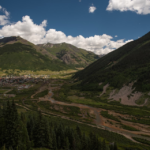
Southwest Colorado hosts some of the best high-mountain trout fishing in the country. From pristine mountain streams and lakes that hold native cutthroats, to larger rivers like the Animas, Southwest Colorado fishing is worth fighting for. That is exactly the reason behind TU’s extensive efforts to remediate acid mine waste from headwater streams in this…
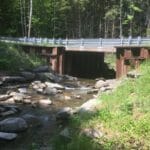
Trout Unlimited is applauding an ambitious New York stream restoration initiative included in a $3 billion proposal announced by Gov. Andrew Cuomo this week. The “Restore Mother Nature Bond Act” was highlighted in Cuomo’s 2020 State of the State address. It would fund projects that improve critical fish and wildlife habitat and reduce flood risks across New York by reconnecting streams, removing obsolete dams, retrofitting road-stream crossings, restoring wetlands and natural floodplains, conserving forests and open space, reducing stormwater runoff, and upgrading fish…
Federal Government Gets Failing Grades in Salmon Plan Report Card Federal Government Gets Failing Grades in Salmon Plan Report Card Contact: Jeff Curtis Western Conservation Director Trout Unlimited 503-827-5700 x. 11 2/27/2002 — Portland, OR/Washington, DC — The Administration, Congress, and federal agencies charged with implementing the federal governments plan to restore imperiled Columbia-Snake Basin…
Trout Unlimited and Sennebec Pond Association Celebrate Sennebec Dam Removal Trout Unlimited and Sennebec Pond Association Celebrate Sennebec Dam Removal Community Developed Solution Benefiting Humans, Fish Contact: Jeff Reardon New England Conservation Director Trout Unlimited (207) 373-0700, (207) 841-7529 (cell) 10/29/2002 — Union, Maine — Today Trout Unlimited and the Sennebec Pond Association, joined by…

Big things happen when committed people decide that failure is not an option
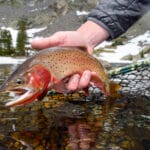
Snow is melting in the mountains, which has us dreaming about high country forays to catch native cutthroat trout.
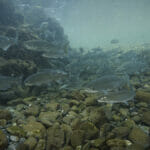
As the largest river restoration effort in history moves forward, Oregon and California plan for fish reintroduction and monitoring
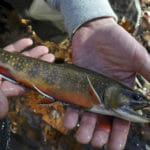
By Rob Catalanotto, Laura Ziemer and Steve Moyer After weeks of negotiations, the US Senate and House recently approved a massive appropriations bill to fund the government through fiscal year 2020. The deal averted a government shutdown, which was set to take effect on December 20 had Congress had not taken decisive action. TU field staff…

The West is in the grips of another hot, dry summer, with more than 60 large wildfires currently burning across the region. At the same time, the effects of last year’s fires are apparent in many states; Interstate 70, a major artery for east-west transportation, has been shut down through Colorado’s Glenwood Canyon multiple times in the past two months due to mudslides resulting from last year’s Grizzly Creek fire. The epicenter of the ongoing drought is the Colorado River…
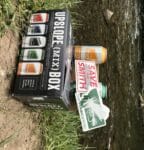
By Colin Cooney As Trout Unlimited continues the campaign opposing the proposed copper mine that threatens Montana’s famed Smith River, companies from around the country are stepping up to help. Recently, RepYourWater, a Colorado based business dedicated to providing uniquely designed, top quality gear for anglers and hunters, and Upslope Brewing, a brewery out of…
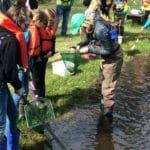
Volunteer Alicia Bartlett demonstrating how to sample for macroinvertebrates. By Jamie Vaughn You may be familiar with the phrase “STEM” education, which refers to learning in science, technology, engineering, and math. At Trout Unlimited, we believe in “STREAM” education, which includes “Arts” and “Recreation” too! That’s why on April 29, to celebrate Michigan’s Trout Opener…
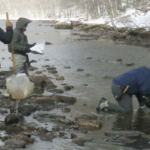
Members of TU’s Deerfield Watershed chapter work on their redd survey on their home river. The past year has seen TU staff and volunteers in Massachusetts engaged in a variety of efforts in the field. The Deerfield Watershed chapter had a big year in 2018, particularly with their efforts with a sapwning study in the Deerfield…
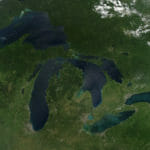
By Taylor Ridderbusch On Friday, both the House and Senate introduced bills to reauthorize and increase funding for the Great Lakes Restoration Initiative (GLRI). The identical bills would reauthorize the program for five more years and incrementally increase the funding level from $300 million to $475 million, which was the original funding level for the…
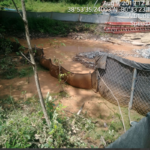
By Jake Lemon West Virginia and Virginia are currently experiencing a major buildout of pipeline infrastructure. Pipelines are being constructed across hundreds of miles of rugged and highly erodible terrain, crossing hundreds of rivers and streams in the process. These large-scale construction projects have the potential to degrade aquatic ecosystems and drinking water supplies. This…
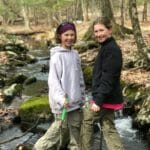
We all live downstream — and what happens in the headwaters of our watersheds impacts the quality of our drinking water supply, the health of the local ecosystems, and the quality of life we enjoy. One of the best ways to bring the concept of a watershed to life for youth is by literally tracing…
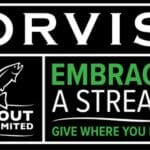
Join Trout Unlimited and Orvis in helping 17 local TU chapters — made up of members and volunteers like you — restore the rivers they love and unlock $20,000 in cash prizes to support their work. Together we’ve already raised more than $31,000 for these great projects, and with just 48 hours left in the…
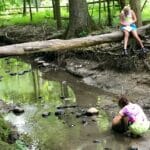
By Jamie Vaughan Trout Unlimited staff in Michigan are excited to announce the expansion of the STREAM Girls program throughout the state thanks to a recently awarded grant through the Environmental Protection Agency’s Environmental Education Program. The goal of expanding Trout Unlimited’s STREAM Girls Program is to educate more than 275 girls, 35 partners and volunteers, and 1,000 community members…
Contact:Cory Toye, Trout Unlimited, (307) 332-7700 x14ctoye@tu.org FOR IMMEDIATE RELEASE: Trout Unlimited, Grand Teton National Park Partner to Restore Gros Ventre Watershed Removal of obsolete dam will open more than 100 miles of stream habitat for trout in the Gros Ventre watershed Moose, Wyoming Grand Teton National Park joined with the sportsmen’s group Trout Unlimited…
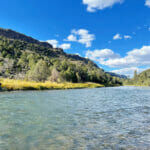
Thousands of miles of trout streams in New Mexico are susceptible to the historic drought plaguing the Southwest. TU just helped protect 305 of them.
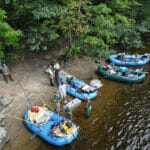
Volunteers are an inspiration to the work Trout Unlimited is doing


















